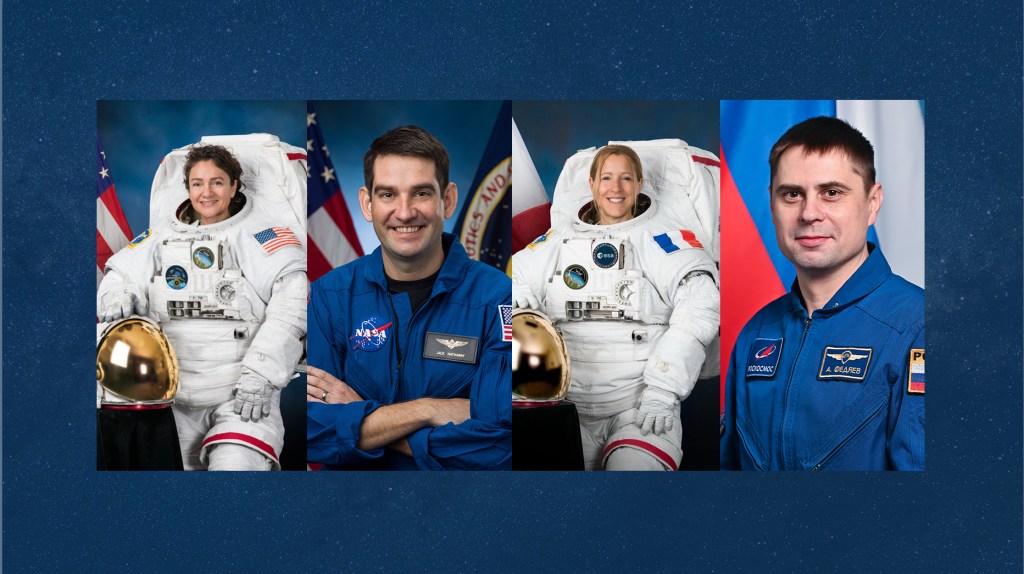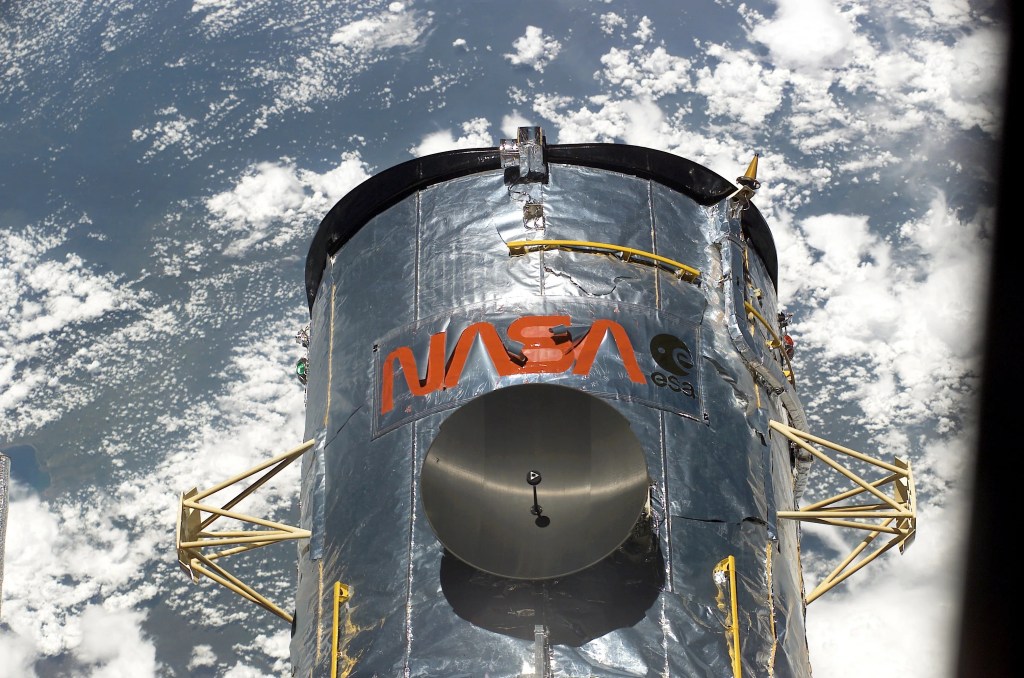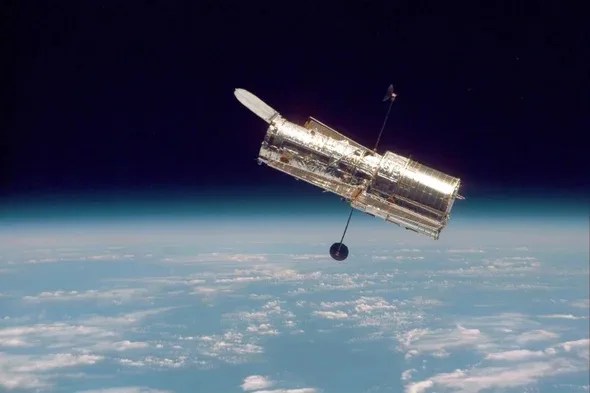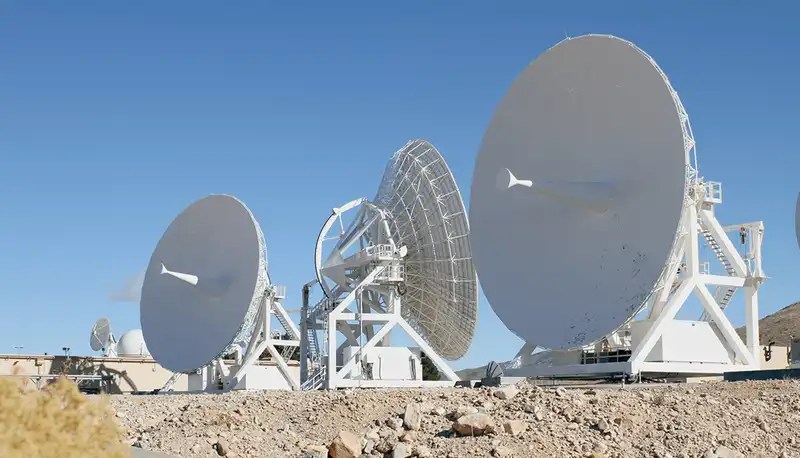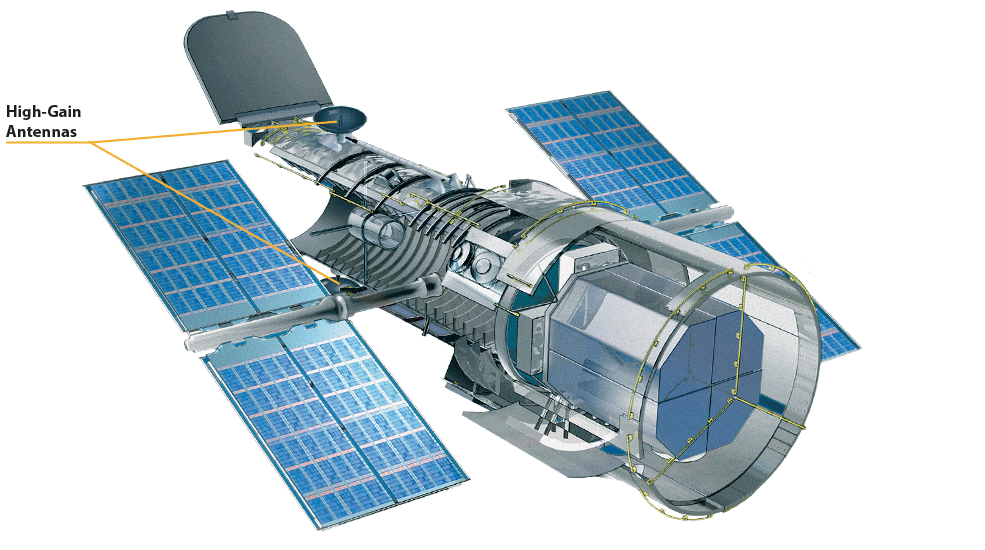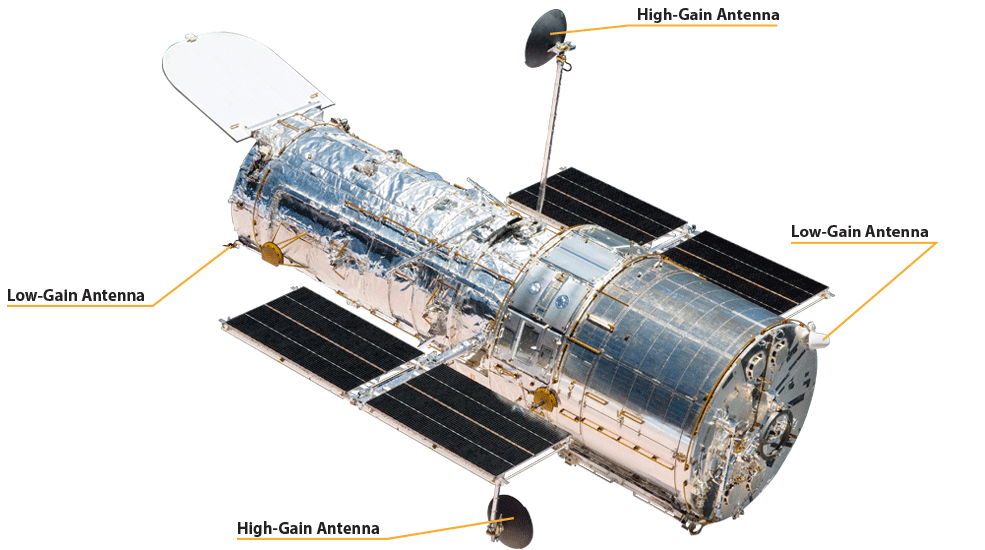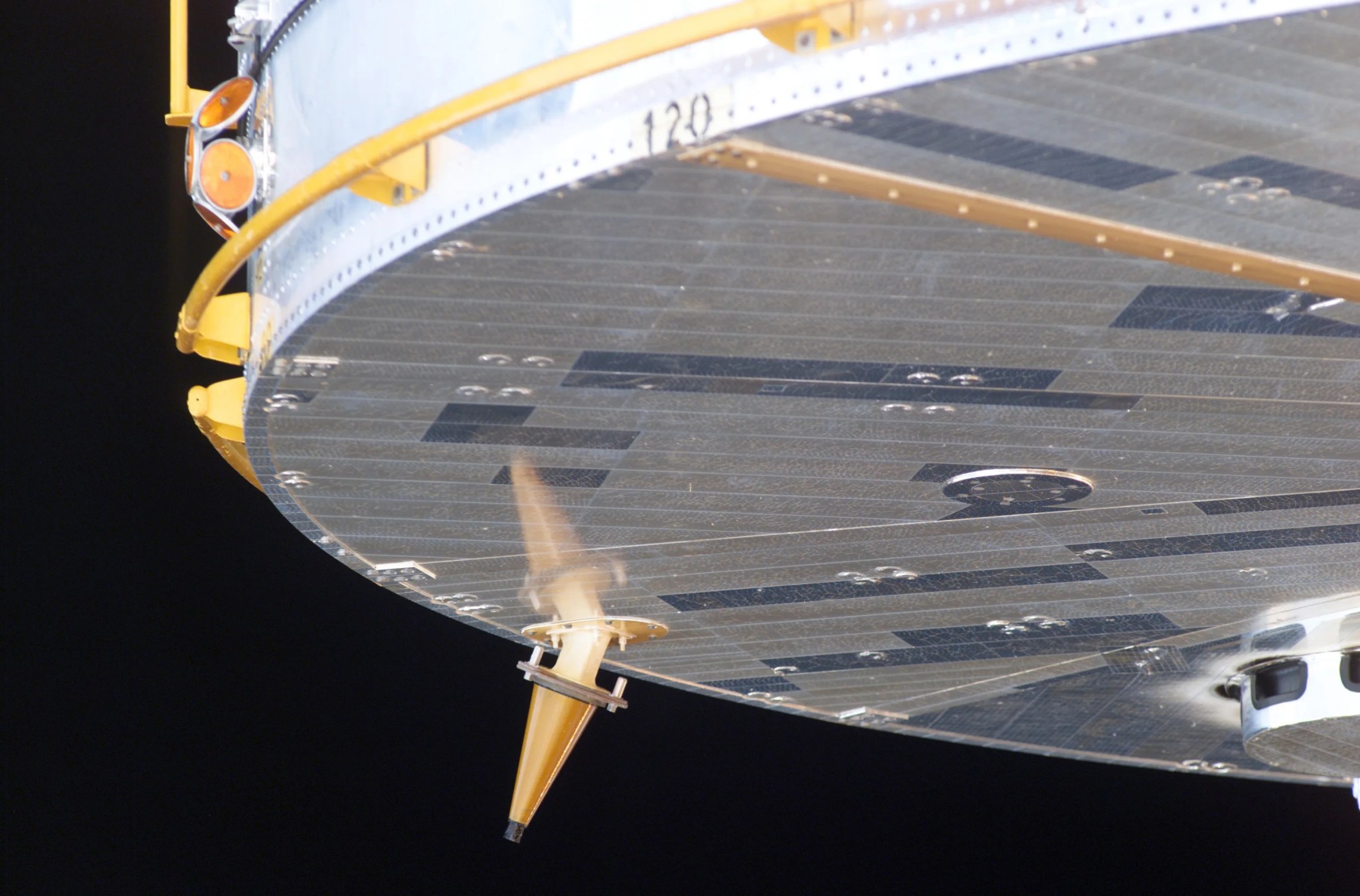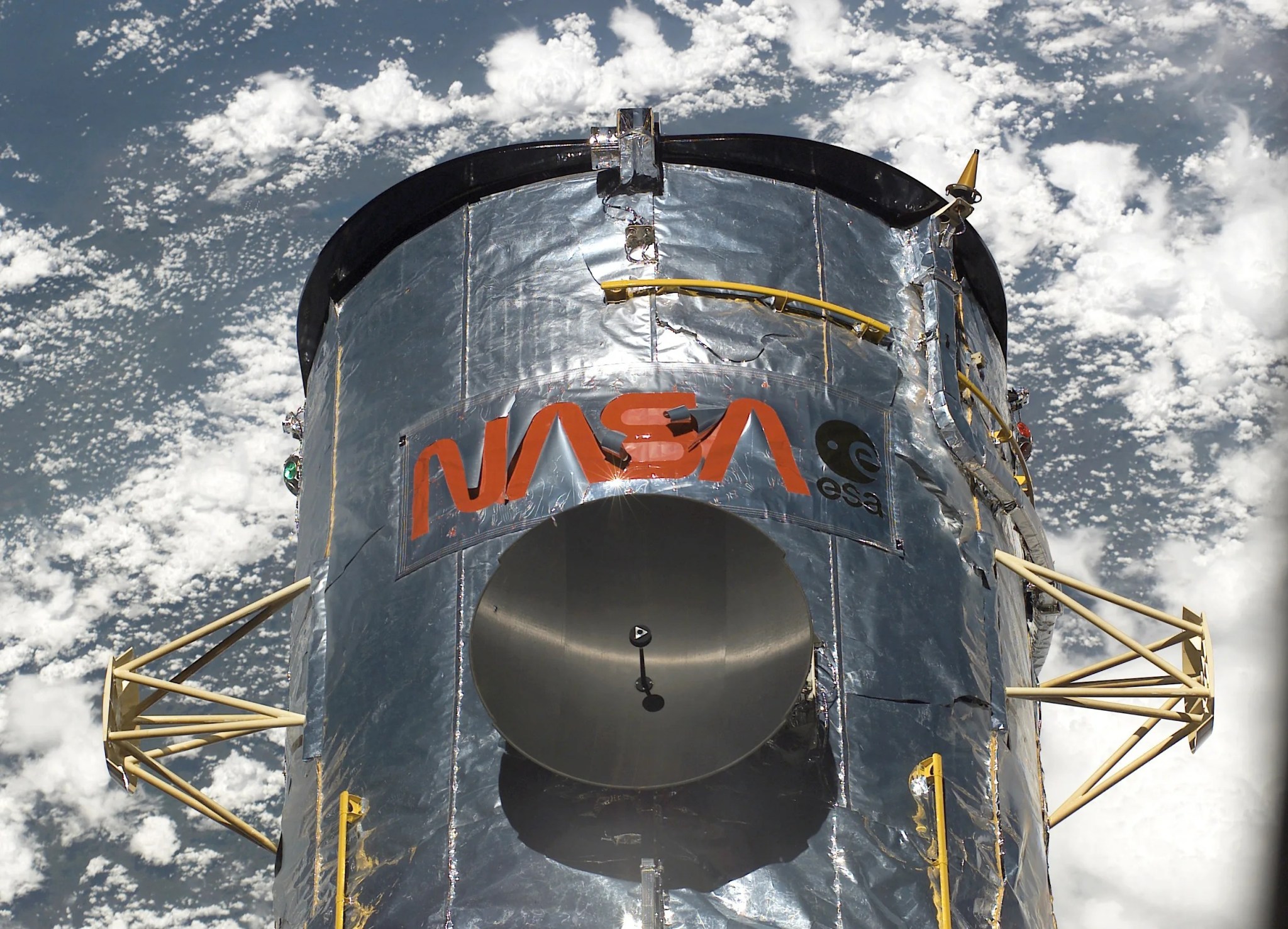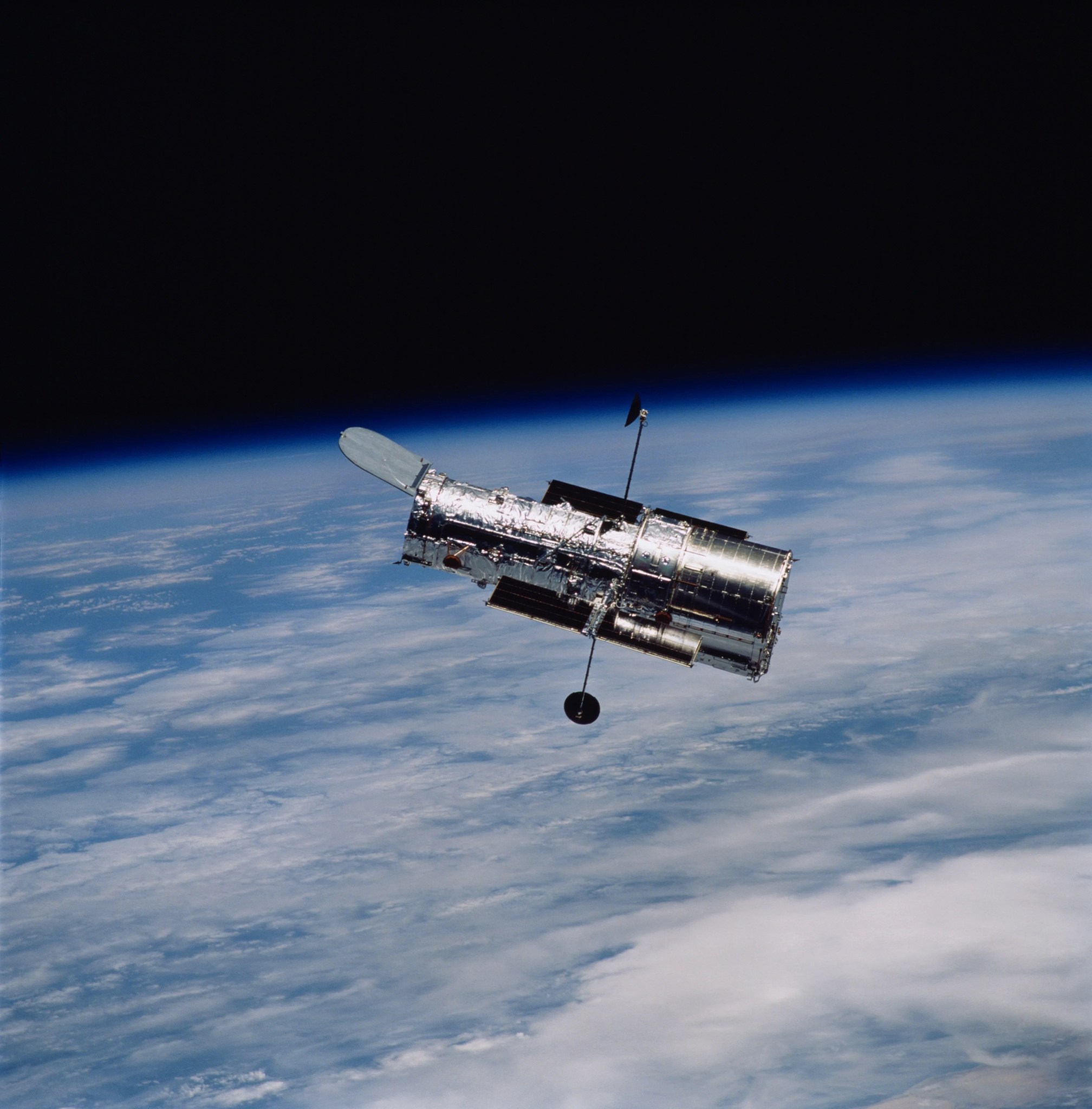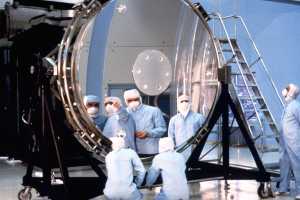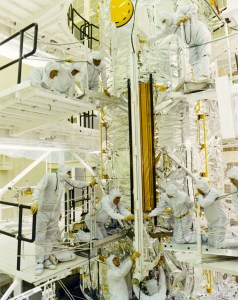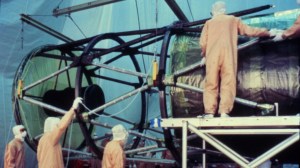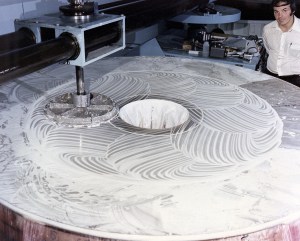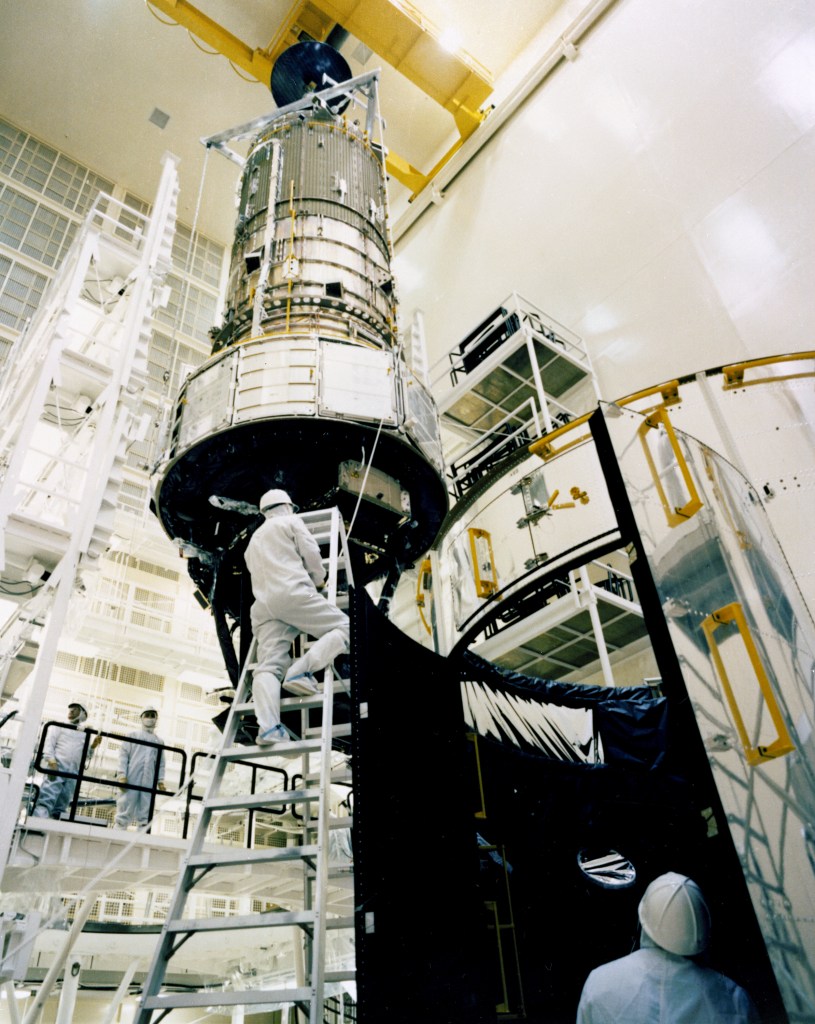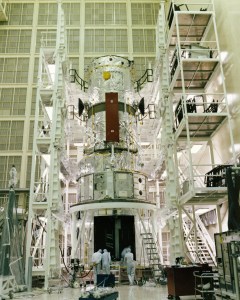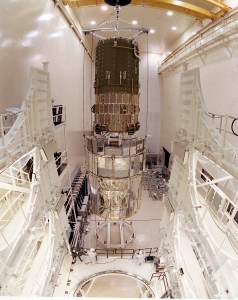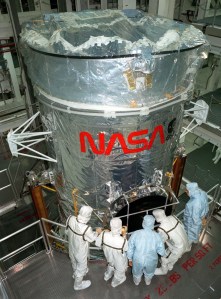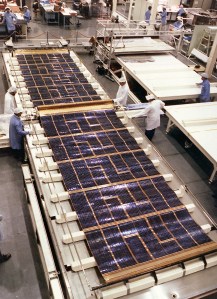Communi-cations
Hubble is the first space-based observatory specifically designed for servicing while in orbit.
Quick Facts
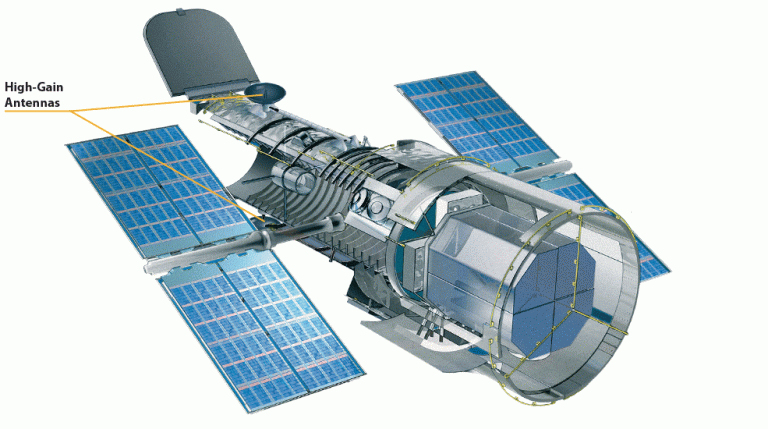
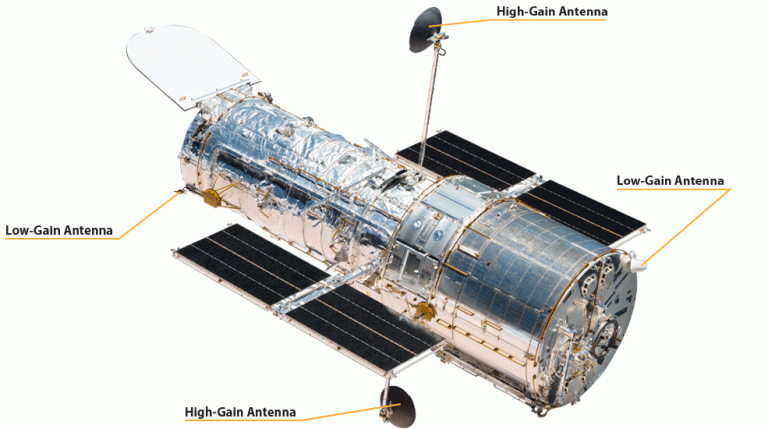


Hubble Design
Communications
Cutaway diagram of the Hubble Space Telescope
The Hubble Space Telescope has a sophisticated communications system that enables the telescope to receive commands from Earth-bound controllers and to transmit large amounts of scientific and engineering data back to the ground.
Overview
Before any commands can be sent to Hubble to tell it what astronomical targets to observe, those targets must first be identified and scheduled by the Space Telescope Science Institute in Baltimore, Maryland. The schedule of commands is then sent to the Space Telescope Operations Control Center (STOCC) at NASA’s Goddard Space Flight Center in Greenbelt, Maryland, which operates and commands Hubble.
To communicate with Hubble, the STOCC utilizes NASA’s Space Network. This network consists of a constellation of satellites in geosynchronous orbit named the Tracking and Data Relay Satellites (TDRS) as well as the ground facilities that support and communicate with those satellites. Hubble commands are transmitted from the STOCC and routed through dedicated radio dishes at the White Sands Complex (a Space Network facility near White Sands, New Mexico) to the TDRS spacecraft and then to Hubble.
Data on the Move
TDRS serves as a relay for commands and data going to and from Hubble. All of these transmissions are done in the S-band, a specific radio frequency range. The satellites send and receive signals through two different types of antennas, called multiple-access and single-access antennas.
The terms “multiple-access” and “single-access” refer to the number of users that can access an antenna at any moment. (As their names imply, the multiple-access antenna can be utilized by multiple users simultaneously, while the single-access antenna is limited to a single user.) The two types of antennas offer different signal transmission speeds, or data rates. The data rate for a single-access antenna is higher than that of a multiple-access antenna.
5 Ground Stations
- Santiago
- Canberra
- White Sands
- Hawaii
- Wallops
A high data rate is important for transferring large amounts of information in a timely manner. Hubble operates 24 hours a day, every day of the year, collecting an average of 18 gigabytes of science data each week. That’s more than 3 DVDs of data per day. Therefore, the single-access antennas on TDRS, which have a higher data rate, are used to relay the large volumes of observational data from Hubble back to Earth. Commands do not require such high data rates and can be sent to Hubble using either type of antenna.
Similarly, Hubble has two types of antennas to send and receive signals: high-gain antennas (HGAs) and low-gain antennas (LGAs).
The LGAs are small, stationary, spiral cone antennas that can send and receive signals in every direction. All commands to Hubble are received through the LGAs, which can receive signals from both types of TDRS antennas. When TDRS relays a signal from Earth to Hubble, Hubble receives the signal through an LGA, which passes the signal along to the onboard computer. The computer then interprets and executes the commands it receives.
The HGAs are dish-shaped parabolic reflectors that can send more information out at once than the LGAs can. As a result, the HGAs are used to transmit large amounts of data, including the images that the telescope gathers. The HGAs can transmit to both the multiple-access and single-access antennas on TDRS, and are reserved for signal transmission.
Sometimes, Hubble encounters a problem communicating with the Space Network. Usually, this is caused by a temporary issue with the Hubble spacecraft, difficulty connecting with TDRS, or a problem at the White Sands Complex. When these troubles occur, Hubble can communicate with the Near Earth Network (formerly known as the Ground Network). The field of view for the Near Earth Network’s ground antennas is very small compared to that of a geosynchronous spacecraft. Therefore, the Near Earth Network offers fewer and shorter communication windows than the Space Network, limiting how much data can be transmitted, so Hubble only utilizes it when necessary.
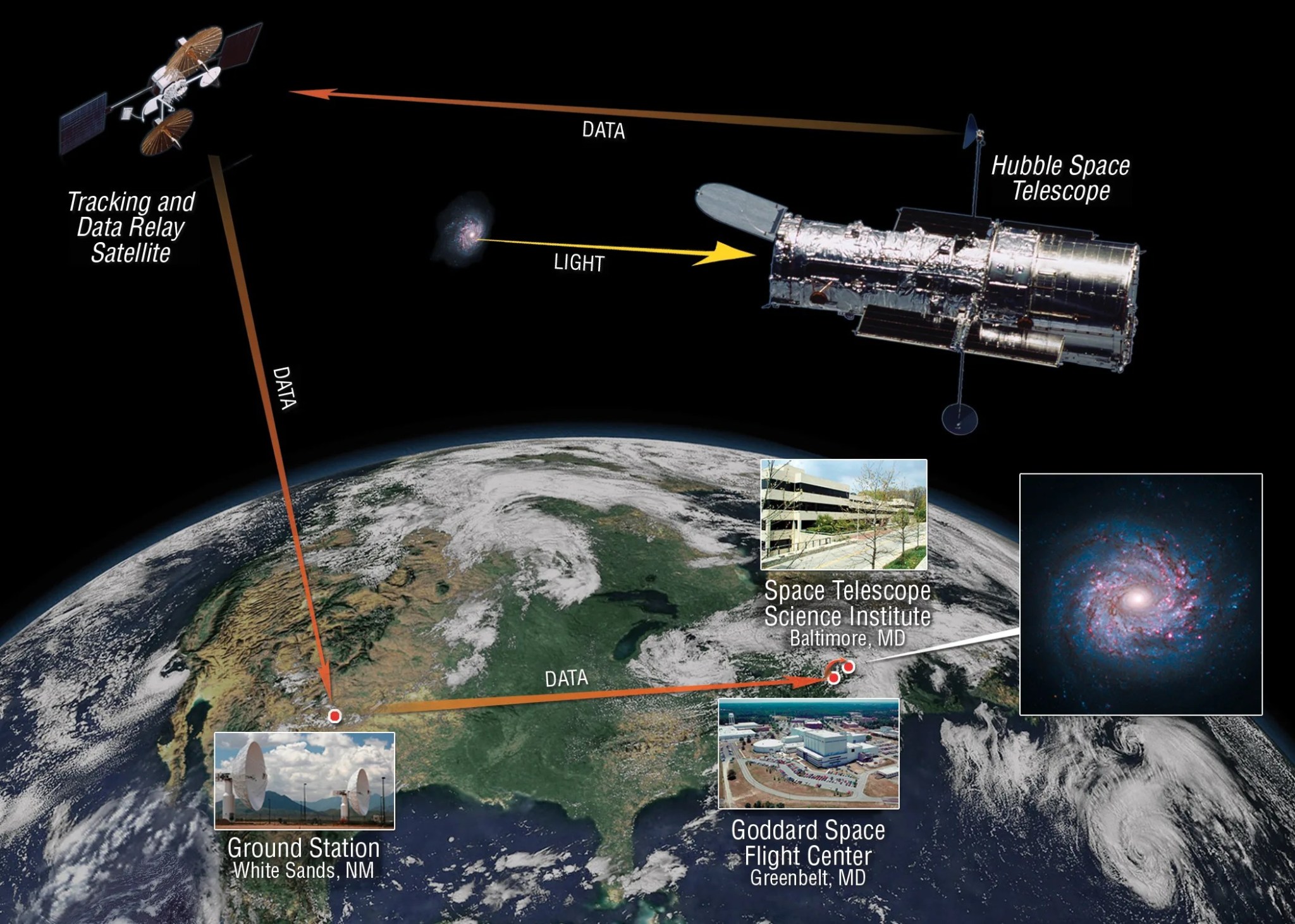
Data Types
Hubble transmits four main types of data: real-time science, real-time engineering, recorded science, and recorded engineering. For these transmissions, Hubble utilizes two different types of transmitters to send the data back to Earth: the Multiple-Access Transponders (MATs) and the S-Band Single-Access Transmitters (SSATs).
The SSATs transmit real-time science, recorded science, and recorded engineering information at 1 Mbps. The MATs have two channels, I and Q, which can be transmitted simultaneously. The I-channel can send down real-time science and memory dumps at 4 Kbps, while the Q-channel can transmit real-time engineering at either 4 or 32 Kbps.
The HGAs combine the signals from both transmitters into one output, which is concentrated by the antenna into a narrow beam. Therefore, the HGAs must be able to point directly at a TDRS spacecraft. Hubble has an Antenna Pointing System (APS) to accomplish this task. Connected to the onboard computer, the APS can manipulate the HGAs along two axes so that the antenna can point directly at the targeted satellite.
Once the Space Network receives data from Hubble, it forwards the data to the White Sands Complex. From there, the information from Hubble is sent to the STOCC, which performs quality checks on the information. All scientific data is then forwarded to STScI, where it is processed, archived and distributed to scientists and the public.
4 Main Types of Data
- Real-time science
- Real-time engineering
- Recorded science
- Recorded engineering







